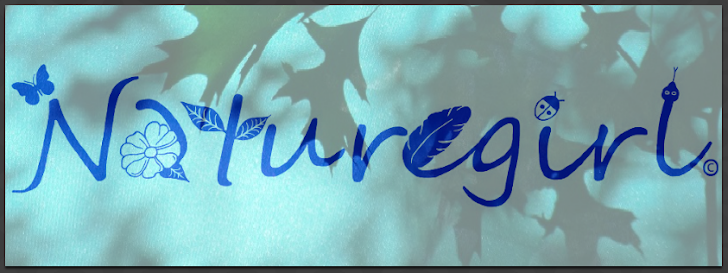In the Peterson Field Guide these adorable little birds are described as "stumpy". We plump people would perhaps prefer to use the words 'portly', and short-tailed. They couldn't possibly be fat because they are unbelievably energetic! This is mostly why they are so entertainingly endearing! They never stop moving. Twitching, hopping, poking into every crevice, crack and pocket that might hold something yummy.
If you have ever seen the movie "Animal House", there is a scene where John Belushi is kind of crouched over stiffly hopping to face left, then right, knees bent. He looks just like a Carolina Wren! Which brings me to their strange Latin name.
Wrens are in the family "Troglodytidae". That name has always bothered me. When you pronounce it you hear the unmistakable word 'Troglodite'. I always thought that meant caveman or Neanderthal (hmm, like Belushi's character?) How could something so cute and smart (I'll get to that later) be called such a derogatory name?
Well I looked it up... Within the definition; primitive... not in the least! Cave dweller... ok, and then, "one who creeps into holes"... BINGO! Watch a wren, of any species, for even a little while and that is exactly what you'll see! They fearlessly disappear into every hole they come upon. I say fearlessly because most birds are very wary of being trapped or cornered.
Their favorite treats are spiders. They appear to be so smart because they return daily to the same places that are adorned with webs. Do they know that spiders make webs or do they just remember the place where they found a succulent morsel previously? I leave the webs and spiders (as many as I can stand) on my porch just to have the delightful, jovial little troglodites visit regularly.
You can hear them coming at least a property or more away. They are loud and gregarious like Blue Jays, although not at all as pushy. Some of them prefer bird houses like House Sparrows, though they can be particular about the size and shape and the position of the opening. They produce usually five white eggs speckled with brown and some are known for nesting in just about anything from pockets in abandoned laundry to aluminum cans and flower pots! Their long down-curved bill is perfect for poking around stirring up bugs, but I recently have seen a Carolina Wren in my seed dish.
We have, so far, seen only two of the nine species here at Naturegirl Central. I will be looking for the darker brown, mouse-like Winter Wren on the ground this year now that research for this blog has brought to my attention that they should be here, poking around brush piles and firewood! The two we have are very different looking birds. Carolinas are a rich rusty brown with a large distinctive white eyebrow and House Wrens are a slimmer taupe-y light brown with a beautiful song. House Wrens also leave to go further south and Carolinas do not.
My favorite thing about Carolina Wrens is this discovery...
One night while making a pilgrimage to the back yard with my ailing dog Bentley, I was standing, shivering next to our screen-draped patio gazebo when something suddenly made me look up. In the dark, peering back at me, lit only by the moon, were two tiny beady little eyes astride a long, curved beak, tucked inside a pocket created by a loop of fabric. (I apologized for the disturbance.)
Last night as I was wondering if he or she was still using the same loops of fabric even though they were re-purposed long ago, I got my answer. The porch lights were misfiring due to strong winds yesterday and as I tapped at them, I heard a shuffling, scratching sound in the canvas nearby. Fortunately I do not startle easily, even in the dark. There again was my friend trying to get some sleep, this time only his or her stubby little tail was visible. I appologized AGAIN! What a pest I am!

No comments:
Post a Comment